-
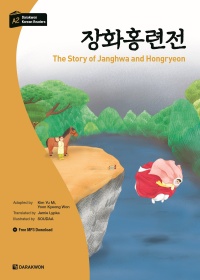
-
Darakwon Korean Readers - The Story of Janghwa and Hongryeon
- Author
- Kim Yu Mi, Yoon Kyeong Won
- Book page
- 88 pages
- Supplement
- Free MP3 Download
- Price
- KRW 9,000

 About This Book
About This Book
The “Darakwon Korean Readers” series is comprised of books that recompose classic Korean literary works to match the reading levels of students from beginner to advanced levels (A1~C2) so students can easily increase their Korean reading comprehension skills in a fun way.The eighth literary work in this series, "The Story of Janghwa and Hongryeon," adapts a classic Korean novel about sisters Janghwa and Hongryeon who meet their end due to the machinations of their stepmother and finally settle their scores. The entire text has been reorganized at the beginner level so that students can follow the story, learn basic beginner vocabulary and expressions, and understand the culture of the time through explanations of the historical background. In addition, students can understand the culture of the time through explanations of the historical background. In addition to reading the content, students can listen to it by scanning QR codes to hear recordings of professional voice actors reading the story. Students can also use the English translations of the story and the questions in the appendix at the end of the book to test their reading comprehension.
▪ The “Darakwon Korean Readers” series adapts classic Korean tales into modern Korean suitable for beginner to advanced levels. Each book presents vocabulary words and expressions that align with the standards of the International Standard Curriculum for Korean Language and Korean Language Education Vocabulary Content Development. Students can have fun as they easily read and understand each story.
▪ English translations of vocabulary words that are necessary for understanding the story are presented at the bottom of each page, as well as additional English explanations about grammar, expressions, and cultural background, allowing students to concentrate on reading without using a dictionary. In addition, students can easily check an English translation of the entire story in the appendix of the book.
▪ Students can listen to lively recordings done by professional voice actors by scanning the QR code on each page of the story. By looking at illustrations of the story’s main scenes and listening to the voice recordings, students can not only improve their listening skills, they can also vividly understand the emotions of the characters.
▪ Using a variety of questions in the book’s appendix, students can check their reading comprehension and practice sentence structures and vocabulary words that they should know for each corresponding level. In addition, students can compare various cultural situations with Korean culture through thought expansion questions based on the content of the story.

 related books
related books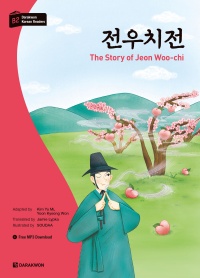
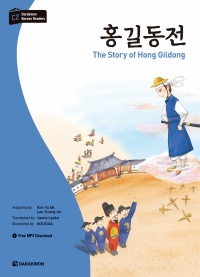
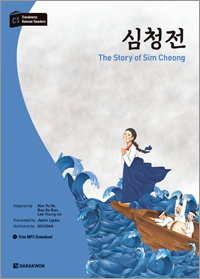
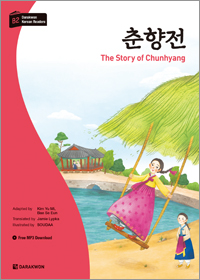
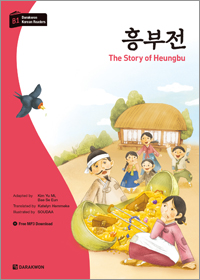
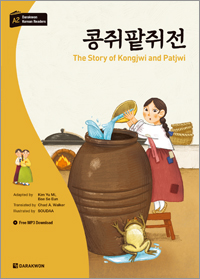
.jpg)